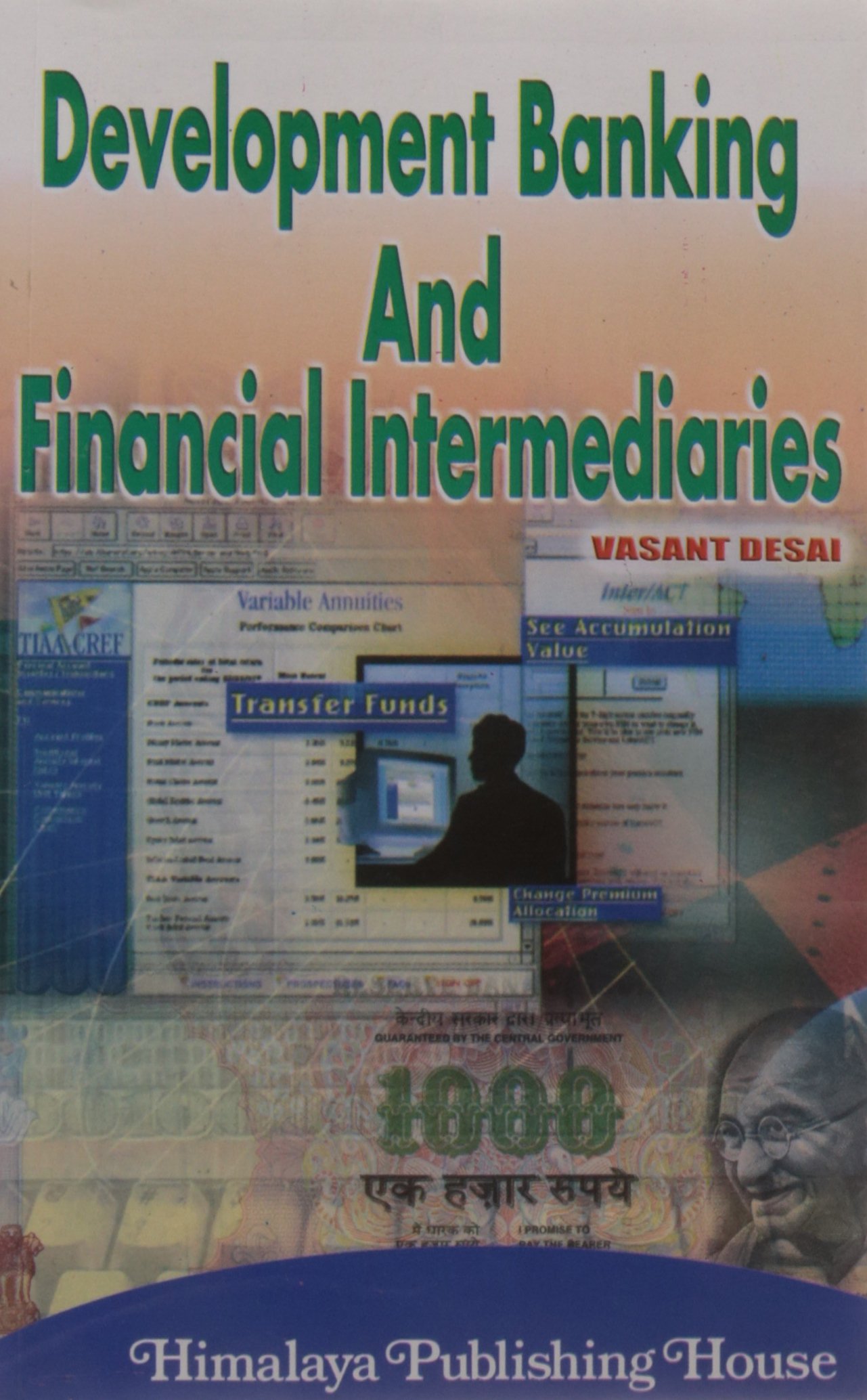Development Banking and Financial Intermediaries
Vasant Desai is a renowned author specializing in banking, financial systems, and economic development. His books provide comprehensive insights into financial markets, investment policies, and banking regulations. With extensive research and expertise, he has contributed to the understanding of development banking, financial intermediaries, and their role in economic progress. His works are widely used by students, researchers, and financial professionals. His clear and practical approach makes complex financial topics accessible to readers. His publications are highly regarded in the field of finance, banking, and economic policy. ... Read more Read less
Explore the role of Development Banking and Financial Intermediaries with this insightful book by Vasant Desai. Covering key concepts such as financial institutions, economic development, credit systems, and investment strategies, this book is essential for students, banking professionals, and policymakers. It provides in-depth analysis of financial intermediaries, their impact on economic growth, and evolving banking structures. With real-world examples and expert insights, it is a valuable resource for finance and banking studies. Get your copy today from Sriina, India’s trusted online bookstore, and enjoy fast doorstep delivery! ... Read more Read less











